It’s hard to hold back. Here you are, driving a car with 395bhp and 513lb ft, but you need to drive it in a not-in-a-hurry kind of way.
That isn’t because this is an electric car with a range minimal enough to send you into fretful anxiety within half an hour of getting in it, but because we’re conducting an experiment. Not a strictly empirical experiment, but one intended to find out how far you can go in an Jaguar I-Pace if you drive it in a reasonable, speed-limit-observing manner, and how far you can go in one if, say, you’re cutting it a bit fine for a meeting.
Some real-world driving, then, and we have two I-Paces for the purpose. Both are ready to set out from Autocar’s satellite HQ in Feltham, Middlesex. Both have been on charge overnight, both are indoors and enjoying the same mild ambient temperature (more on this later) and both have the same destination. Which is Hinkley Point, in Somerset, the site not only of an existing nuclear power station, but also of a completely new (and controversial) nuclear power station that’s currently under construction.
The relevance, of course, is that some of the electricity generated by both these plants will be used to power, among other things, the rising numbers of EVs Hinkley Point also provides us with a realistic target. According to Zap-Map, a charger location smartphone app recommended by Jaguar, we have a choice of three routes.
The most interesting takes in motorways, A-roads, urban traffic and country lanes. This trip amounts to 139 miles, which on the face of it should be well within the I-Pace’s official WLTP driving range claim of 292 miles. Mind you, along the way we’ll be making a few diversions for photography, which will further eat into our available range.

Nevertheless, your reporter should be in for an anxiety-free drive behind the wheel of the red car. The idea is to drive the car normally but with energy saving very much in mind.

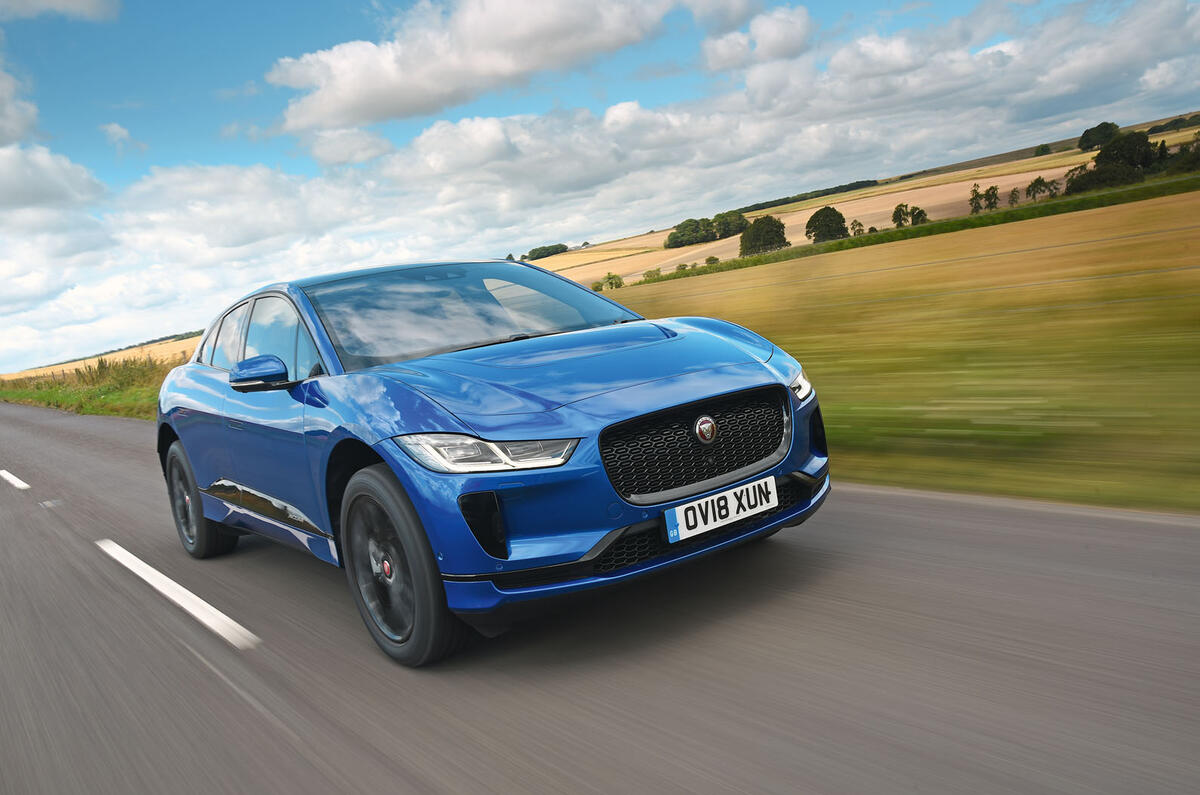

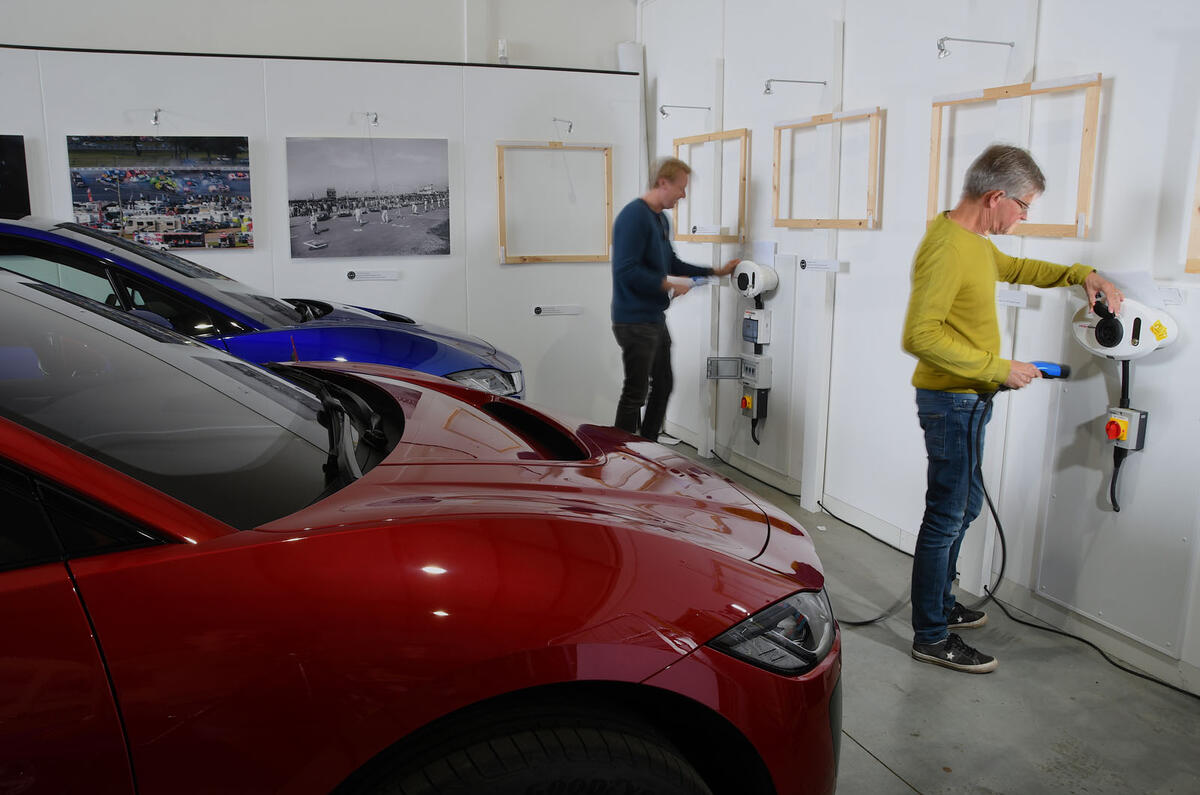
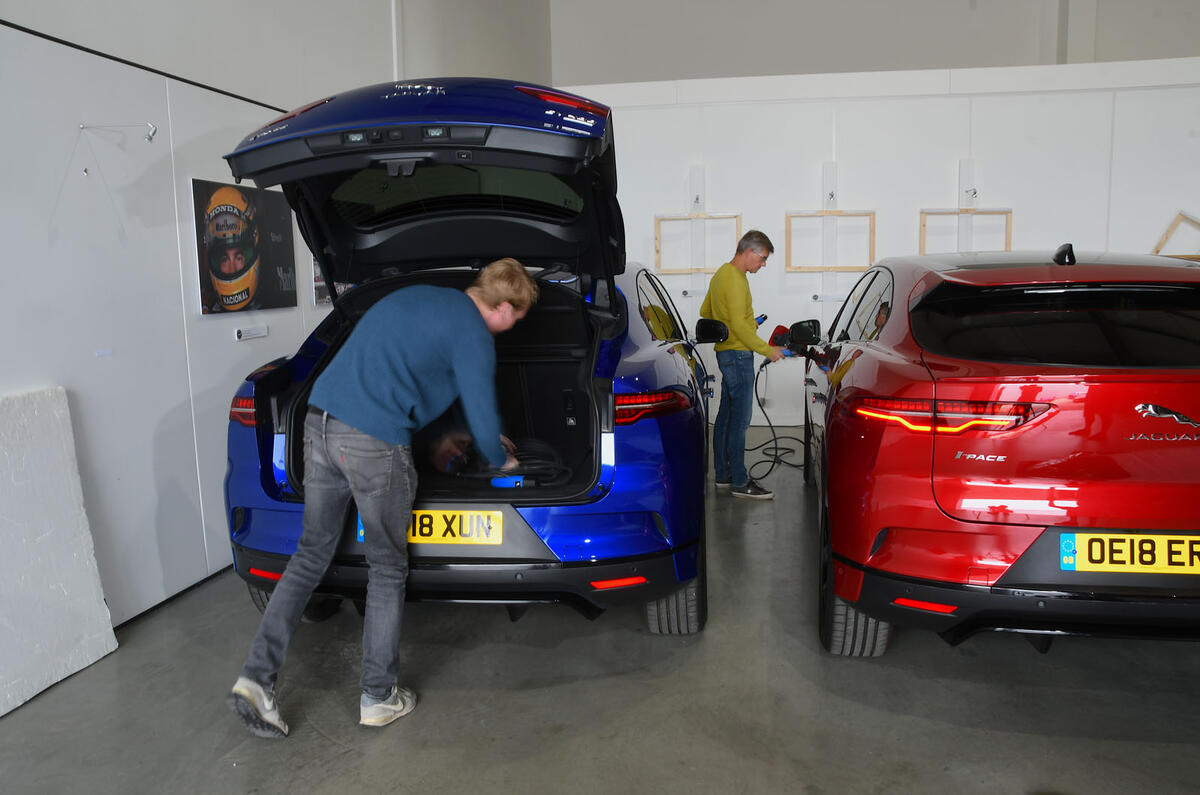
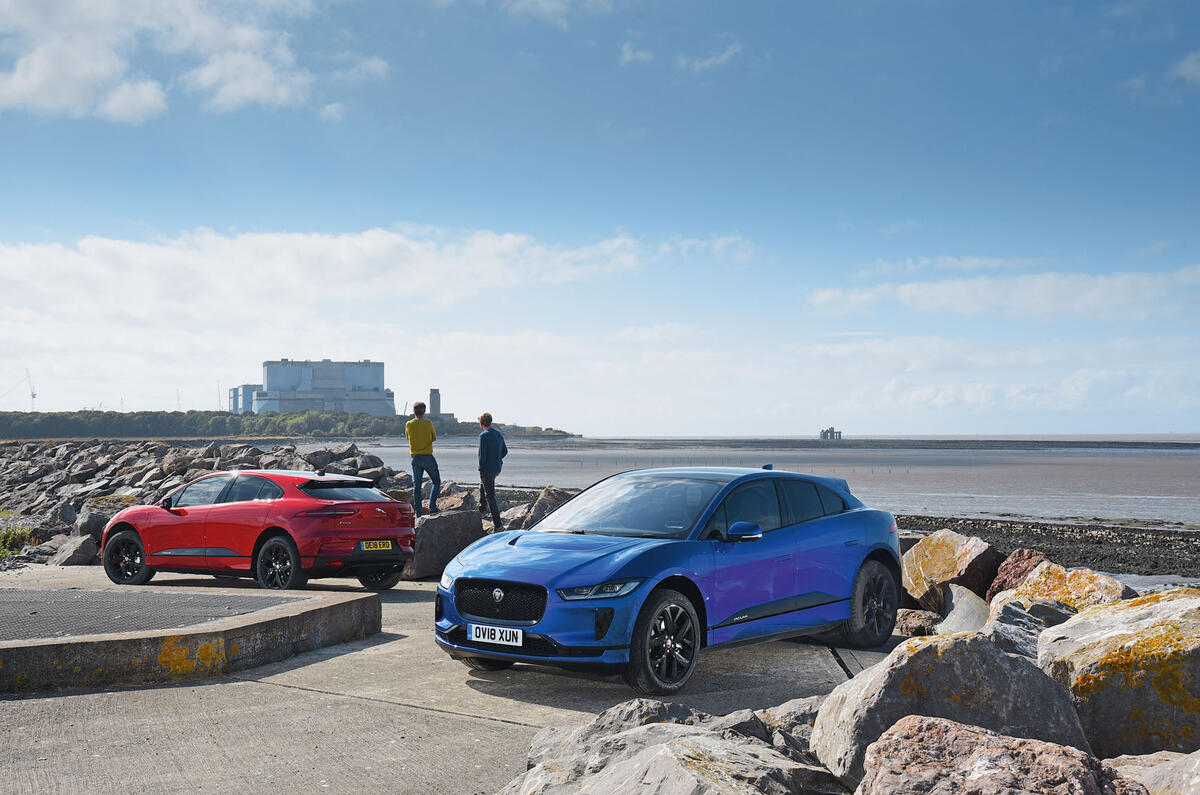
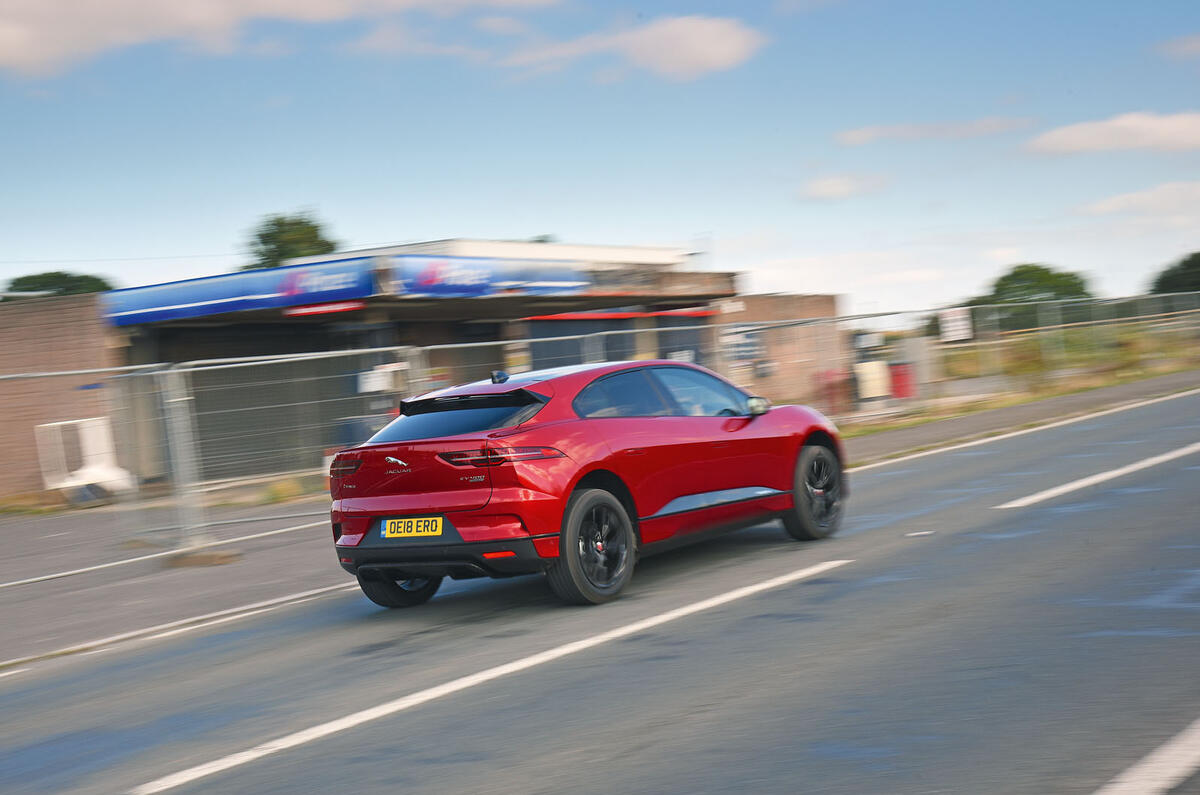
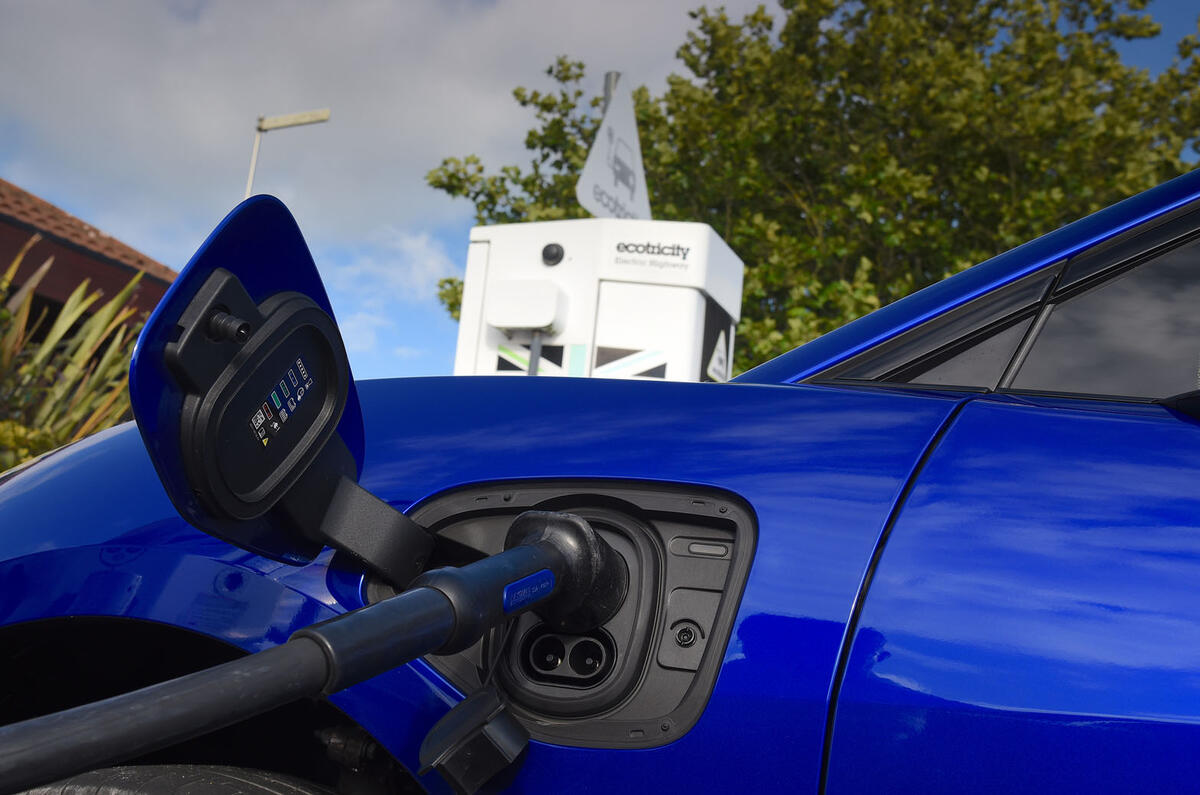
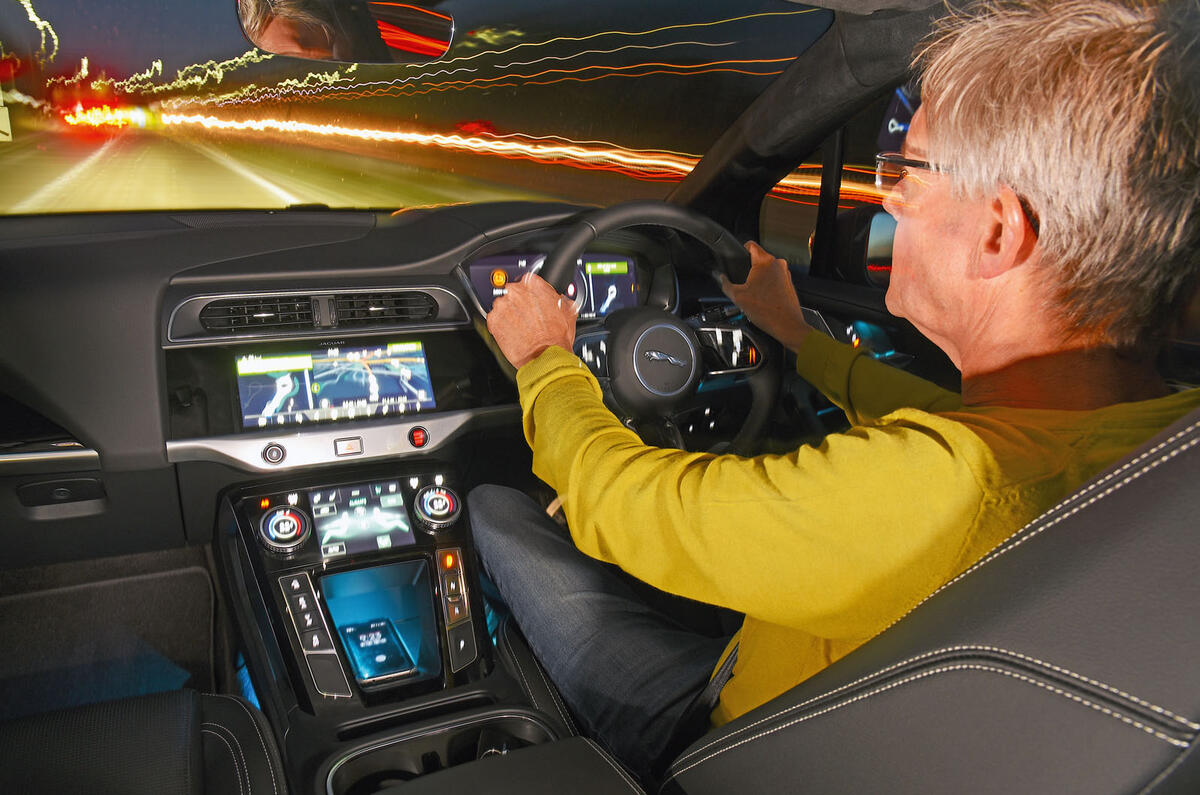

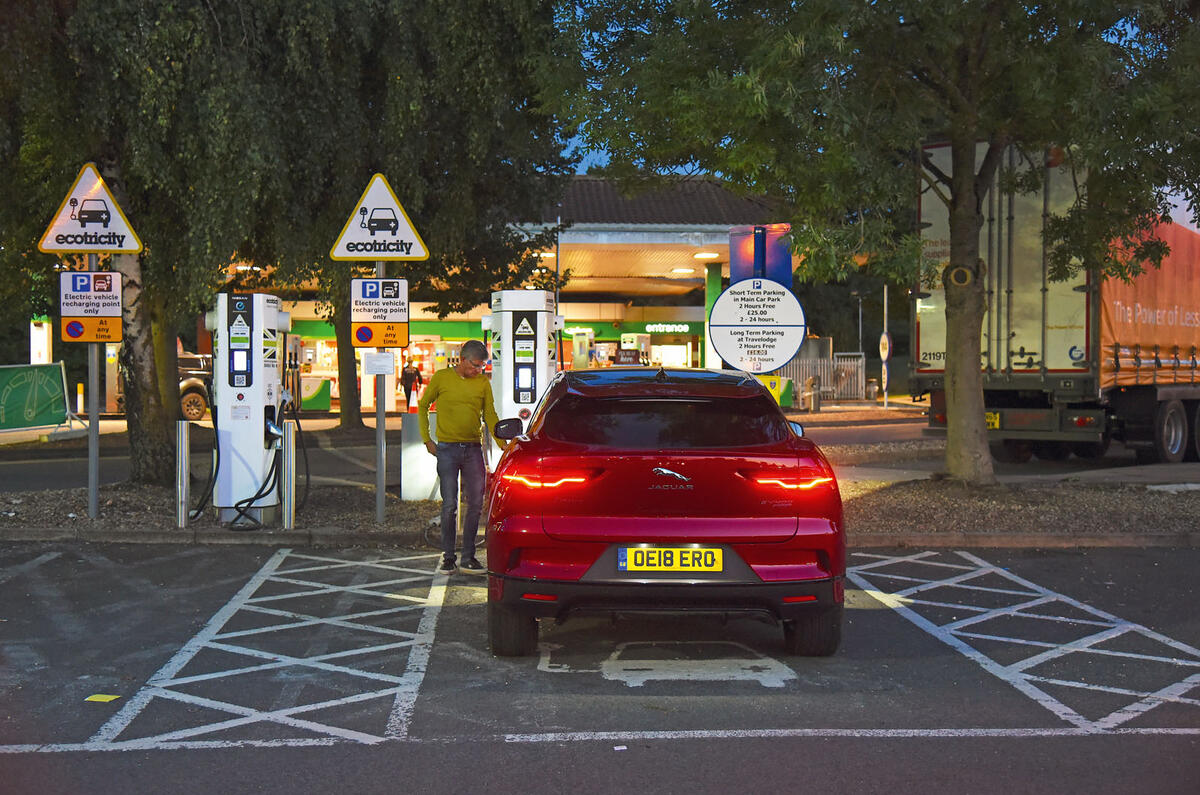
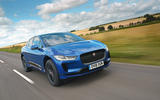
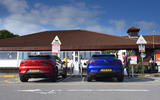
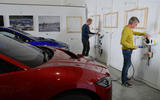
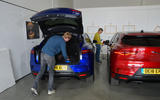
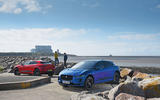
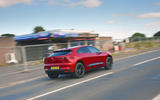
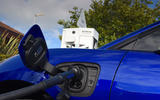
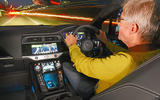
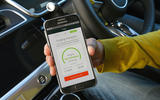
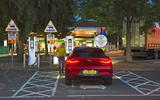









Join the debate
Add your comment
All EVs are awesome
Once a week I top up for my weekly mileage.
It takes 2 seconds to plugin. The car starts charging at 1am when it's cheap.
In the morning I'm ready at 100%.
Once every 2 weeks I drive 125 miles, at the 62 miles I sometimes plug the car for 15 mins whilst waiting for someone, sometimes I don't bother.
I don't turn off any air co etc....
If I drive further 90mins to 2hrs, I plugin at a location (sometimes motorway), goto the loo with my passengers, maybe grab a drink and get back in ready to drive.
It's rare I sit in the car reading anymore. I've adjusted. My GOM is accurate and I know how far I can really go.
If I goto a large shopping centre I plugin for free electricity.
After driving my toy car, I couldn't go back and lean on my car for 10 minutes filling up. Having to drive out of my way to find petrol. I must have won back days of my life filling up.
Leaving peeps at the lights still makes me giggle, but burning fuel should go the way of the cigarette...
I imagine the people anti EV are from the same group who were anti car when we all had horses. The said why am I getting petrol from the chemist. My horse eats grass.
Many people will stick with ICE until it becomes too expensive. That day is closer than we think.
Electricity comes down a cable. You can capture it from the sun or wind. Petrol is drilled, transported, refined, transported again and then you have to drive to it to get it.
In 30 years the young will look back and be confused by this behaviour.
EV's 'could' be awesome
Kill those two off and I might even be tempted myself.
simon_laraman@yahoo.co.uk
...but that's just your situation, for many life is very different and the simple fact is, an electric vehicle is not yet suitable for the vast majority, both in operation and cost.
And don't forget your 'time'
Have you worked out the cost??
I've just looked at the Ionity website to see that they charge 69p per kwH. That means that you are paying 30p per mile to run your iPace if you don't use domestic electricity. Hydrogen has to be a better solution.
Nah